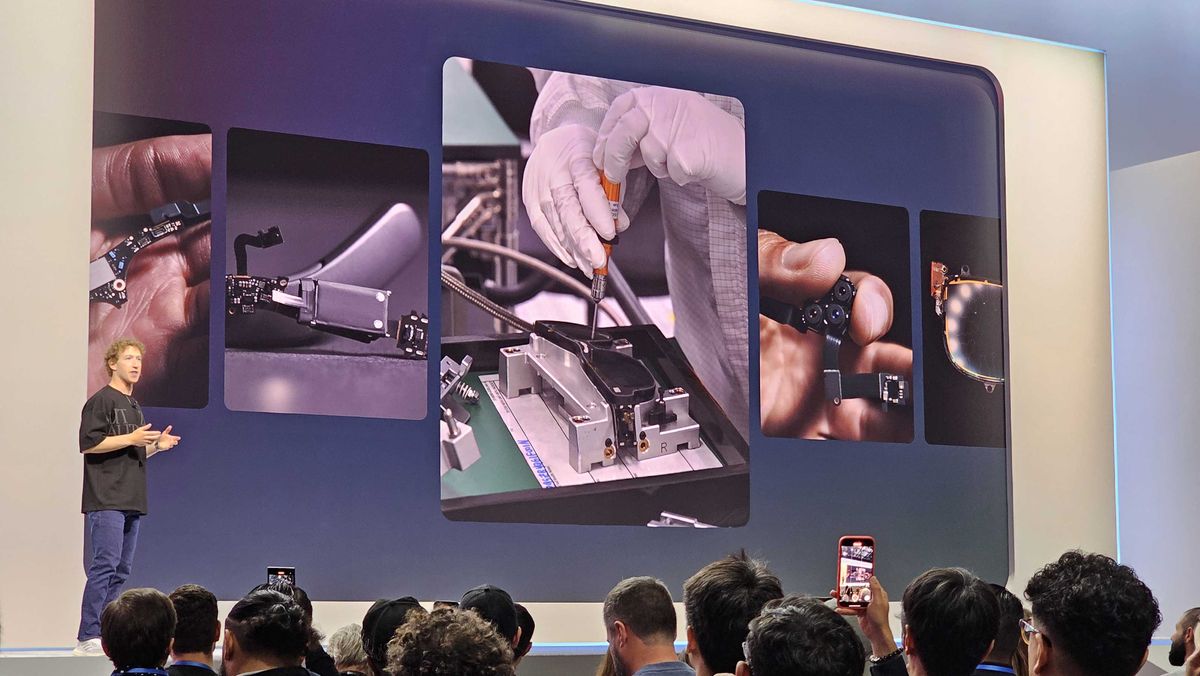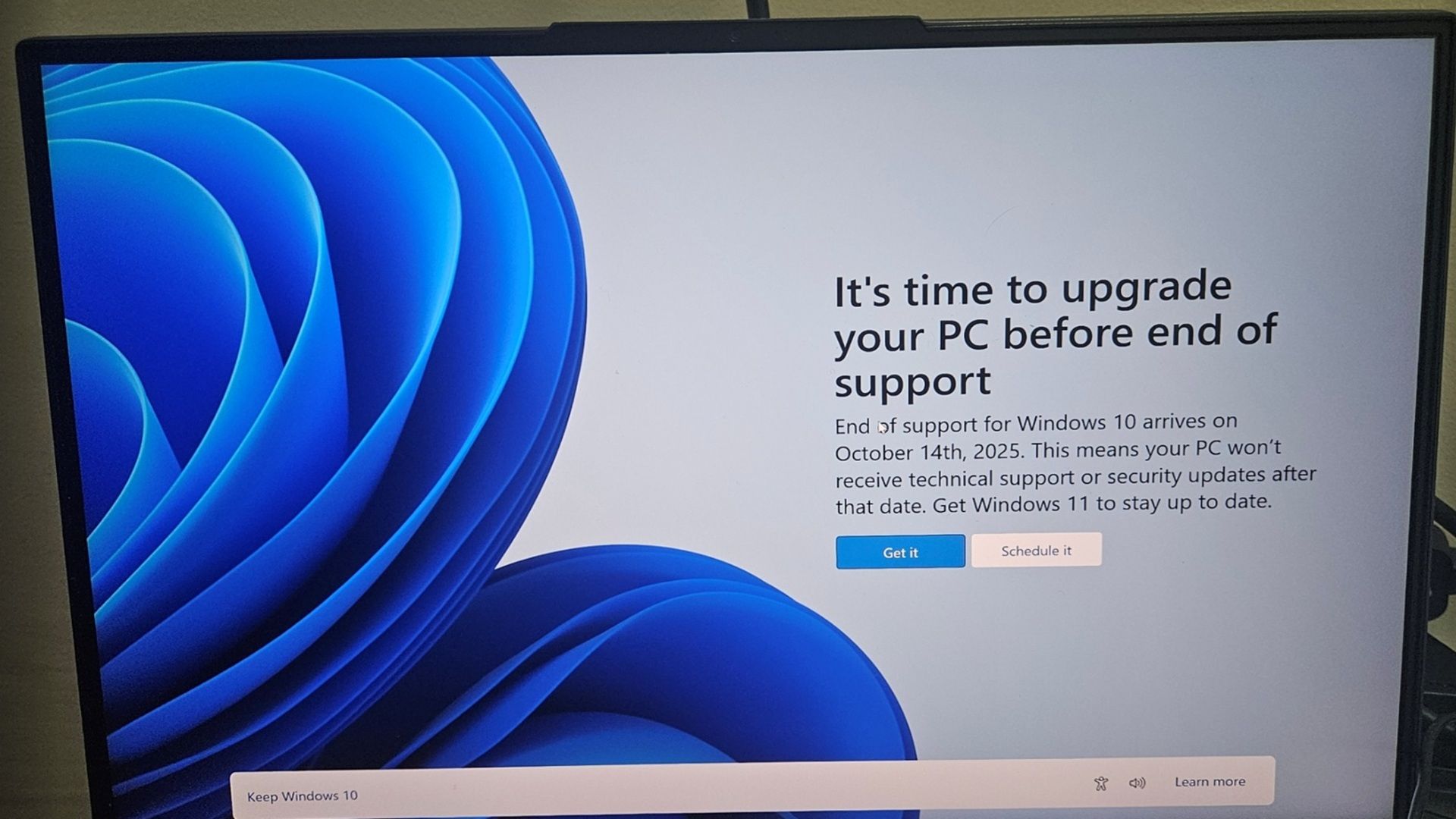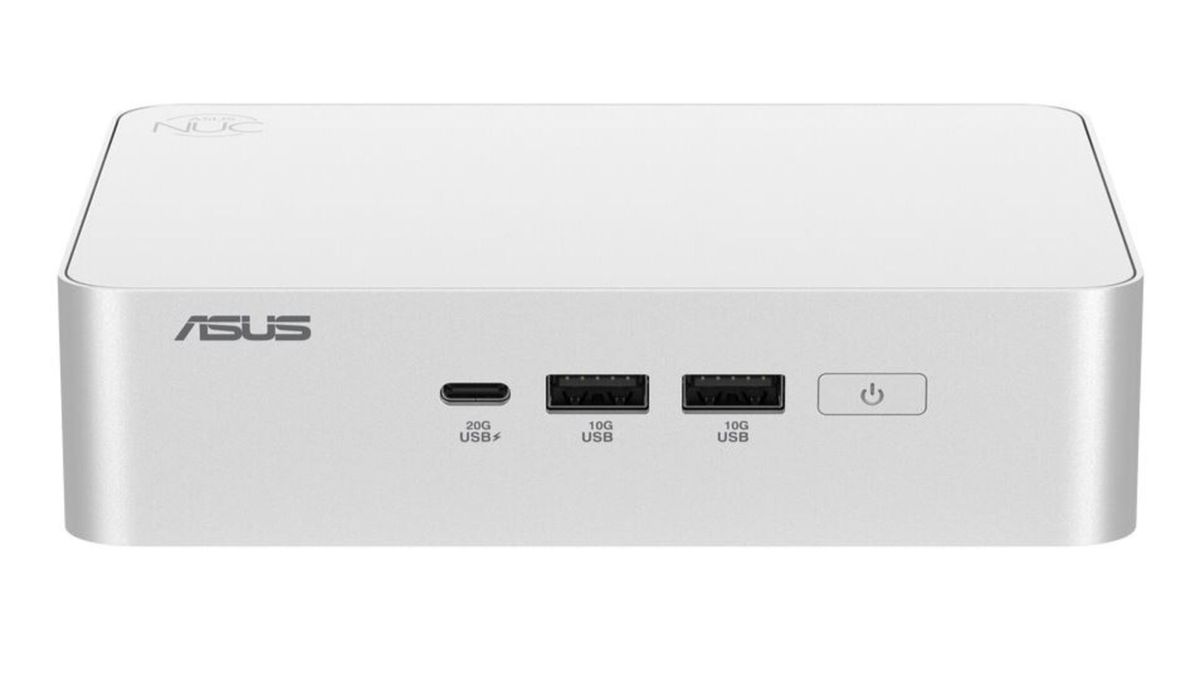Hackers can compromise keys connected to the intranet, and it is much more dangerous and disruptive than it seems, with ransomware as the final possible threat.
Cybersecurity researchers at Nozomi published a report in which they claim to have found nearly two dozen vulnerabilities in a device called the Bosch Rexroth Handheld Nutrunner NXA015S-36V-B. It is a wireless wrench connected to an intranet that engineers use to tighten bolts to precise torque levels.
As researchers explain, having bolts that are too loose or too tight can cause some hardware to overheat and even start fires. Other failure scenarios are also possible.
Patch in progress
With Nutrunner, engineers get a torque level indicator display, backed by a certification from the Association of German Engineers, which was adopted in 1999. With it, engineers can ensure that they are tightening bolts to the correct torque level. .
However, the vulnerabilities discovered mean that hackers can tamper with the device and wreak havoc. For example, the display may show the correct torque level when, in reality, the bolts were too loose or too tight. Additionally, hackers can install ransomware on devices and prevent engineers from even seeing torque levels before paying the ransom demand.
The 23 bugs were said to have vulnerability scores of 5.3 to 8.8.
Users can control the device's firmware, called NEXO-OS, through a browser-based management interface. Therefore, hackers would also need access to this interface in order to exploit the flaws. However, even low-level privileges allow hackers to create an attack chain that exploits a traversal vulnerability to deploy malware, the researchers explained. Even unauthenticated hackers can breach keys by chaining the traversal flaw with, for example, the encrypted account vulnerability.
Bosch was notified of the findings and was said to be working to fix it. The patch (or patches) should be available at the end of the month.
Through ArsTechnica








